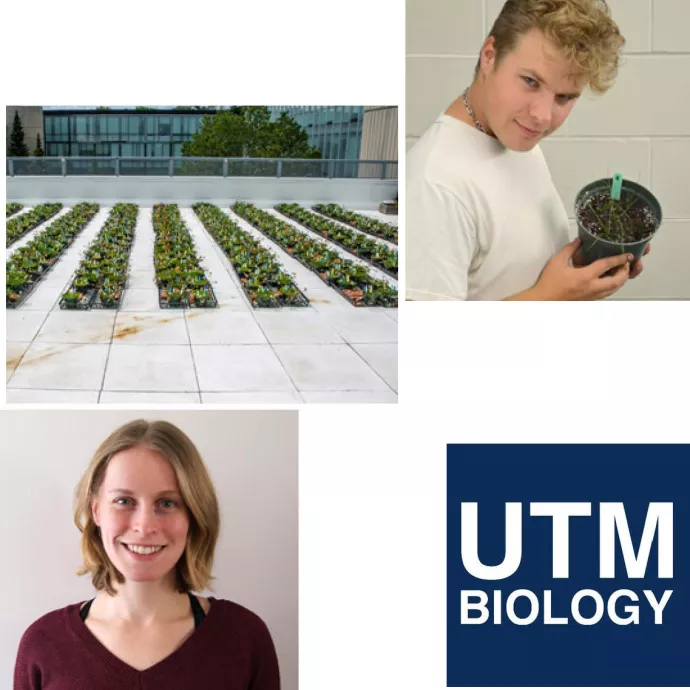
Ruth Rivkin & James Santangelo published in Biology Letters
Evidence suggests that natural populations can evolve to better tolerate the novel environmental conditions associated with urban areas. Studies of adaptive divergence in urban areas often examine one or a few traits at a time from populations residing only at the most extreme urban and nonur- ban habitats. Thus, whether urbanization drives divergence in many traits simultaneously in a manner that varies with the degree of urbanization remains unclear. To address this gap, we generated seed families of white clover (Trifolium repens) collected from 27 populations along an urbanization gradient in Toronto, Canada, grew them in a common garden, and measured 14 phenotypic traits. Families from urban sites had evolved later phenology and germination, larger flowers, thinner stolons, reduced cyanogenesis, greater biomass and greater seed set.Pollinator observations revealed near-complete turnover of pollinator morphological groups along the urbanization gradient, which may explain some of the observed divergences in floral traits and phenology. Our results suggest that adaptation to urban environments involves multiple traits.
Read more in James Santangelo and Ruth Rivkin' paper: Multivariate phenotypic divergence along an urbanization gradient, published in Biology Letters.
Both James and Ruth are PhD students in Prof. Johnson's Lab.
